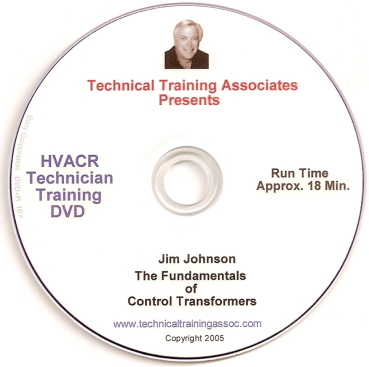When Ross Cailotto, the owner of R.E.C. Service Corp., heard about the KE2 Evaporator Efficiency controller (KE2 Evap), he knew he had found the solution. Before having the KE2 Evap, replacing an old Beacon system with mechanical controls meant moving product from the walk-in to temporary storage while the refrigeration system was off for eight hours or more. This time, replacing an old Beacon system with the KE2 Evap reduced the repair time — despite pumping down the system to add an electric expansion valve (EEV) and running the controller wiring. In addition, the KE2 Evap fulfilled Cailotto’s wish list for energy savings, much tighter temperature control, and elimination of the icing issue. According to Cailotto, “The KE2 Evap provided more than I expected. We are able to use the KE2 Evap for system troubleshooting since it provides real-time superheat readings and electric valve position. Plus, we can view a graph of the coil and space temperature for the past five days of history.”
Many McDonald’s restaurants are set up with a combination walk-in cooler/freezer with a door connecting the two through the common wall. The cooler section has a door that opens to the kitchen. The freezer however, has an extra door that opens to the outdoor environment at the back of the restaurant. This design was chosen to facilitate large bi-weekly food shipments without disrupting customer traffic in the restaurant.
To expedite the unloading process, the doors to the walk-ins are often left open while employees run product from the truck into the freezer, cooler, and kitchen. Unloading can take up to two hours for big shipments. During this time, a significant amount of moisture typically enters the freezer and cooler, especially when the refrigeration systems are running. While this moisture becomes an inconvenience on product boxes when they freeze together, the icy patches on the floor create a potential liability. With previous refrigeration systems, if it happened to be raining during the delivery, the problems would escalate. Oftentimes this resulted in a service call a few days after the delivery, just to de-ice the evaporators. The KE2 Evap has eliminated this issue in the Godfrey McDonald’s. Owner Dick Bold said, “The KE2 controller pays for itself by eliminating the service calls for de-icing the coils several times a year. I also like the fact that it is very visible ... and that you can scroll the memory to see the history of what’s happening with the cooler and freezer. I also like the fact that it is doing less defrost cycles that were not needed, thus saving more energy.”
One workaround, sometimes used as an attempt to minimize the icing problems on existing systems, is to add a manual override switch to turn the refrigeration off while the door(s) remain open. This creates other issues as employees can forget to turn the system back on after closing the door. Using onboard relays and communications, the KE2 Evap monitors the doors and manages the refrigeration system accordingly, without human intervention. It also sends alarms when doors are left open too long, or when the space temperature is out of range for a specified period of time.
In addition to the benefits described above, the KE2 Evap graphing feature confirmed that the Godfrey McDonald’s walk-ins pull down to temperature faster, and that the refrigeration systems are now managed more efficiently. This is significant in terms of energy usage and preservation of food quality.
Bold expressed his satisfaction with the KE2 Evap: “I know that with the rise in energy cost, Godfrey continues to reduce its kilowatt usage. And, I feel a lot of the savings are coming from the KE2 controller, thus providing significant dollar savings, both in the short term and more importantly the long term.” Cailotto is also convinced by the KE2 Evap’s performance and feels it is a solution for several other McDonald’s locations he services, as well as other customers.
For more information, visit www.ke2therm.com.
Publication date: 04/23/2012











